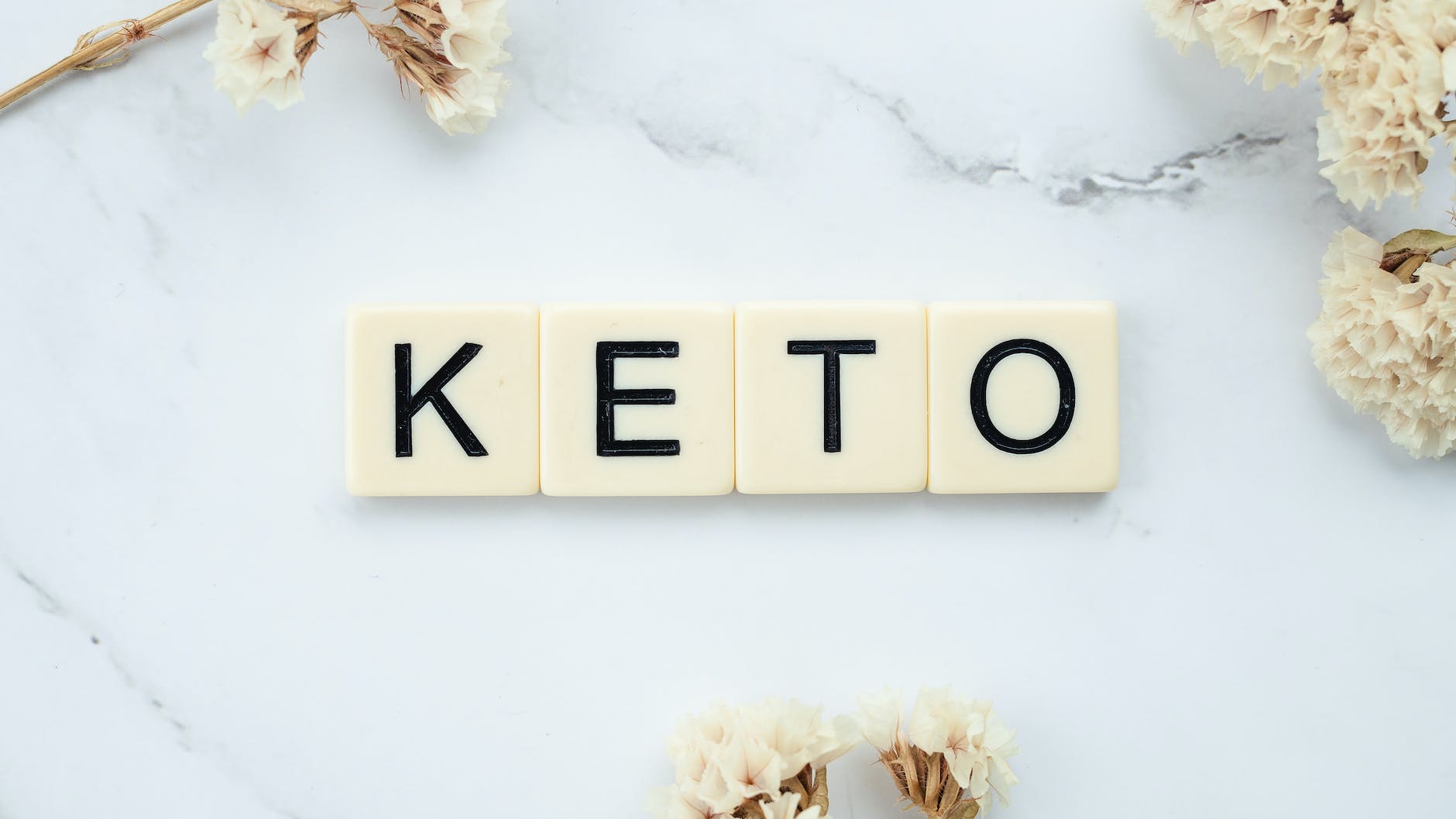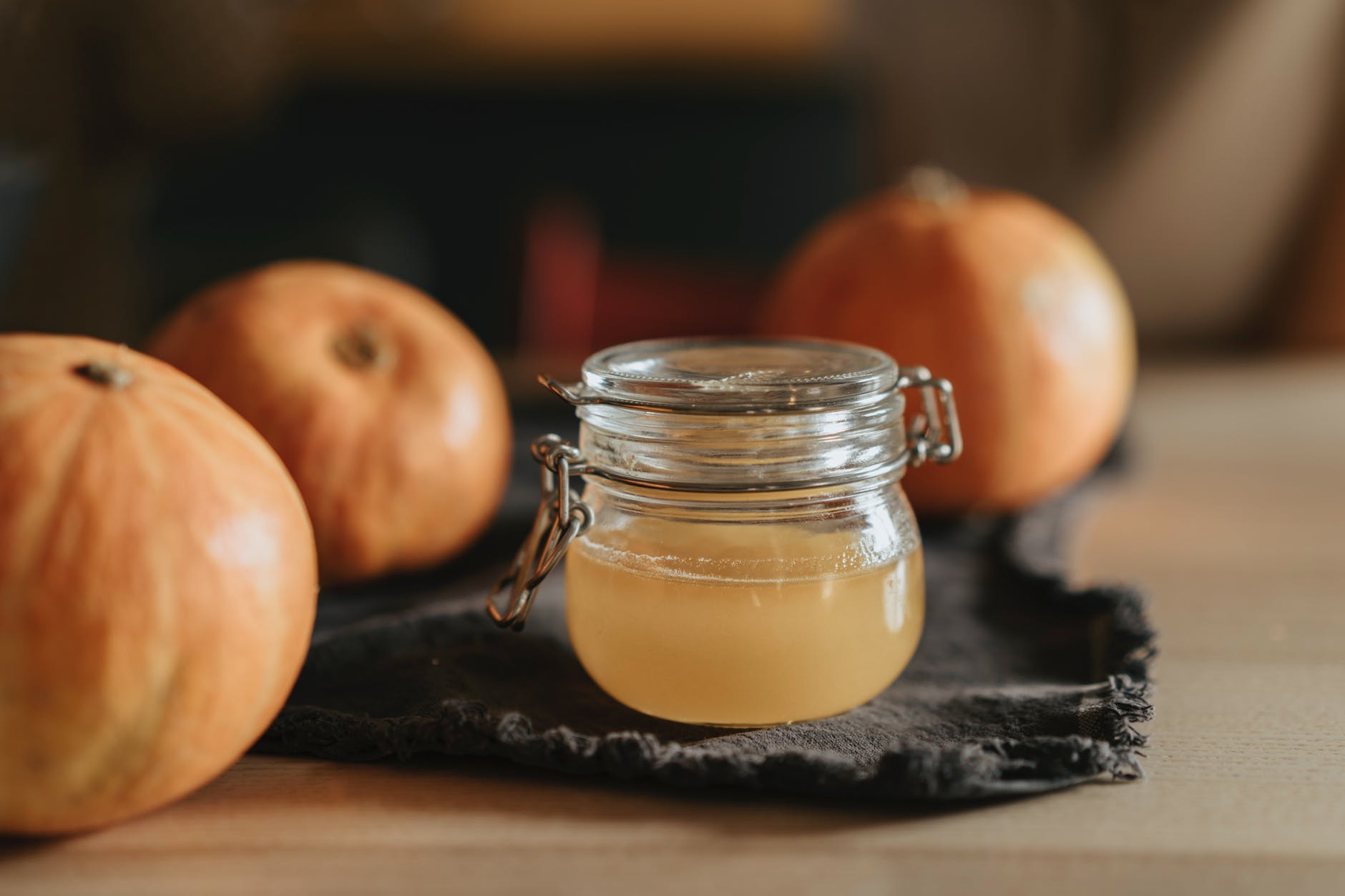
The ketogenic diet, or keto for short, has taken the world by storm. This low-carb, high-fat diet is renowned for its potential to promote weight loss and improve overall health. However, one of the challenges that keto followers often face is finding satisfying snacks that align with their dietary requirements. This is where seaweed snacks come into play. 🌿🌊
What Exactly are Seaweed Snacks?
Seaweed snacks are a type of food made from different varieties of marine algae. These algae are harvested, dried, and seasoned to create a snack that is not only tasty but also packed with nutrients. They are often packaged in small, portable packs, making them a convenient snack option for those on the go. But the burning question is, are they keto-friendly? The answer is a resounding yes! 🎉
The Keto-Friendly Nature of Seaweed Snacks
Seaweed snacks are a natural fit for the keto diet, and here’s why:
- Low in Carbs: One of the key principles of the keto diet is low carbohydrate intake. Seaweed snacks excel in this aspect. A typical 10g pack of roasted seaweed snacks provides only 25 calories and 0g net carbs, making them an excellent choice for those following a keto diet. 📉
- Nutrient-Dense: Seaweed is a powerhouse of essential nutrients. It’s rich in iodine, which is crucial for healthy thyroid function. It also provides vitamin K, B vitamins, iron, and zinc. Moreover, seaweed is a great source of antioxidants, which can help protect your body against oxidative stress. 🌟
- Satisfying and Delicious: The salty, umami flavor of seaweed snacks can help satisfy your cravings without knocking you out of ketosis. Plus, their crunchy texture can be a welcome change from other keto-friendly snacks. 😋
Incorporating Seaweed Snacks into Your Keto Diet: Some Creative Ideas
Seaweed snacks are versatile and can be enjoyed in numerous ways. Here are a few creative ideas:
- As a Salad Topping: Crumble some seaweed snacks over your salad for a crunchy, nutrient-rich topping. This can add a unique flavor and texture to your salads. 🥗
- In Soups: You can add seaweed snacks to your soups for a boost of flavor and nutrients. They can complement a variety of soups, from clear broths to creamy concoctions. 🍲
- As a Side Dish: Enjoy seaweed snacks as a side dish with your main meal. They pair well with a variety of dishes, including grilled meats and fish. This can add a new dimension to your meals. 🍽️
- As a Snack on its Own: Of course, you can always enjoy seaweed snacks straight from the pack. They’re perfect for those times when you need a quick, satisfying snack. 🎒
Remember, while seaweed snacks are keto-friendly, they should be consumed as part of a balanced diet. Always pay attention to portion sizes and listen to your body’s hunger and fullness cues.
The Bottom Line: Seaweed Snacks and Keto
Seaweed snacks are a fantastic, keto-friendly snack option. They are low in carbs, high in nutrients, and can help satisfy your cravings on a keto diet. So next time you’re looking for a keto-friendly snack, why not give seaweed snacks a try? You might just find your new favorite snack! 🎉👍
Blog Tags: Seaweed Snacks, Keto Diet, Low Carb Snacks, Healthy Snacks, Nutrient-Rich Foods, Seaweed Benefits, Keto-Friendly Foods, Keto Snacking, Seaweed Nutrition, Keto Lifestyle, Seaweed on Keto, Keto Seaweed Snacks, Seaweed and Keto Diet, Seaweed Snacks on Keto Diet, Keto Seaweed Benefits.










